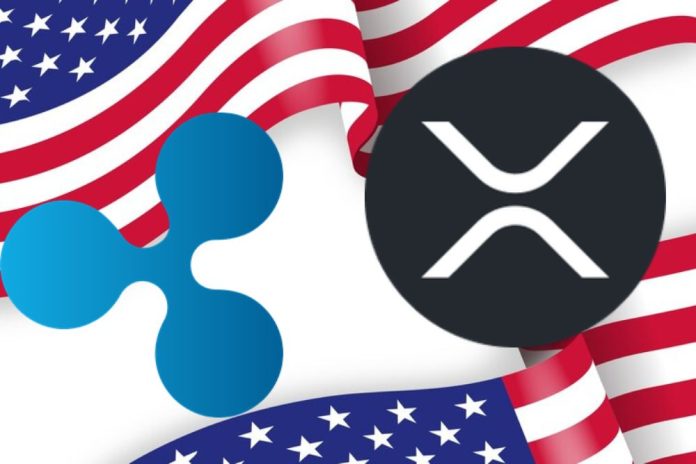With growing anticipation for the launch of Ripple stablecoin RLUSD, Ripple has confirmed its ongoing commitment to utilizing both XRP and the stablecoin within its payment solutions.
During the first day of Ripple’s annual Swell conference, Ripple’s President Monica Long revealed key details about RLUSD’s exchange partners.
The stablecoin, once approved by the New York Department of Financial Services (NYDFS), will be listed on several major exchanges. These include Bitstamp, Independent Reserve, Bitso, MoonPay, CoinMENA, Bullish, and Uphold.
The stablecoin is designed for use in various financial applications, including payments, tokenization, and decentralized finance (DeFi).
She stated that the stablecoin was developed in response to the demand for an enterprise-grade stablecoin, which is expected to provide stability and trust in the digital payments landscape.
Features and Use Cases
Ripple highlighted RLUSD’s intended role within its ecosystem, emphasizing its utility for large-scale financial applications.
The stablecoin is built to serve Ripple’s institutional clients and enterprise partners, providing a reliable and compliant solution for payments and tokenization.
Long stressed that the stablecoin was designed to offer liquidity, security, and compliant infrastructure for businesses relying on stable digital currencies.
Ripple also announced that RLUSD will be supported by regular independent audits of its reserves, which are backed by U.S. Treasury bonds, dollar deposits, and cash equivalents. This level of transparency is aimed at instilling confidence in the stablecoin as it nears its public launch.
Role in Ripple’s Ecosystem
There have been speculations that RLUSD could overshadow the native token in Ripple’s payment solution, particularly as Ripple navigates its ongoing legal battle with the U.S. Securities and Exchange Commission (SEC). Long assured the community that both the token and stablecoin will work together.
Long dismissed these concerns, reaffirming that XRP would continue to play a central role in cross-border settlements.
Ripple’s clients will have the flexibility to choose between the native token and RLUSD, allowing for more efficient, reliable, and cost-effective transactions. Both assets will be integral to Ripple’s broader vision for facilitating cross-border payments.
In addition to Long’s comments, Ripple CTO David Schwartz also addressed the concerns surrounding the asset’s future.
He confirmed that the stablecoin would not replace the native token, especially given the token’s unique role in Ripple’s payment infrastructure.
Schwartz pointed out that only the token can be used to pay transaction fees on the XRP Ledger, a function that cannot be fulfilled by the stablecoin or any other tokens.
He further emphasized that the token carries certain advantages over other digital assets, including its ability to operate without counterparty risk, its jurisdictional flexibility, and the fact that the token cannot be frozen on the XRPL. These features make it distinct and irreplaceable within Ripple’s ecosystem.
We are on twitter, follow us to connect with us :- @TimesTabloid1
— TimesTabloid (@TimesTabloid1) July 15, 2023
Progress and Challenges
RLUSD is currently undergoing beta testing on the XRP Ledger and Ethereum networks, and Ripple has been actively preparing for its full public release.
As of October 16, the stablecoin’s total supply was $47.4 million, with $34.8 million issued on XRPL and $12.6 million minted on Ethereum.
Ripple has also formed an advisory board for the stablecoin, which includes prominent financial figures such as Ripple co-founder Chris Larsen, former FDIC Chair Sheila Bair, and former JPMorgan executive David Ruth.
The advisory board will guide as Ripple navigates the regulatory landscape and prepares for the stablecoin’s mainnet launch.
However, the public release of the stablecoin remains contingent upon approval from the New York Department of Financial Services.
Ripple has indicated that the regulatory review is ongoing, with the launch expected to occur before the end of the year.
Once approved, the stablecoin will be available on the previously mentioned exchanges, marking a significant milestone for Ripple’s payment solution.
With the stablecoin’s launch and the native token’s continued role in cross-border settlements, Ripple is poised to strengthen its position in the digital payments industry.
The focus now shifts to regulatory approval, as Ripple awaits the green light from NYDFS to move forward with RLUSD’s public debut.
Disclaimer: This content is meant to inform and should not be considered financial advice. The views expressed in this article may include the author’s personal opinions and do not represent Times Tabloid’s opinion. Readers are urged to do in-depth research before making any investment decisions. Any action taken by the reader is strictly at their own risk. Times Tabloid is not responsible for any financial losses.
Follow us on Twitter, Facebook, Telegram, and Google News


